Related Research Articles
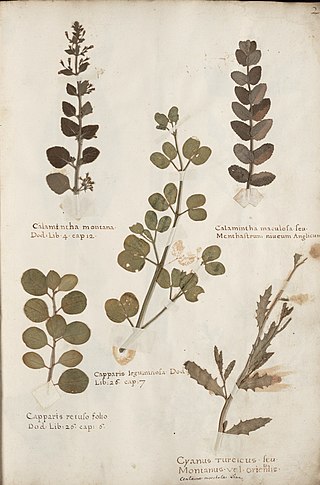
A herbarium is a collection of preserved plant specimens and associated data used for scientific study.
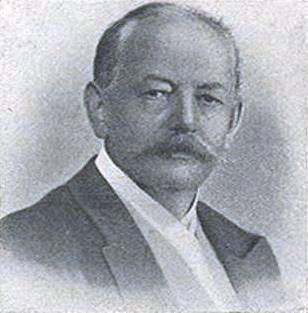
Heinrich Gustav Adolf Engler was a German botanist. He is notable for his work on plant taxonomy and phytogeography, such as Die natürlichen Pflanzenfamilien, edited with Karl A. E. von Prantl.
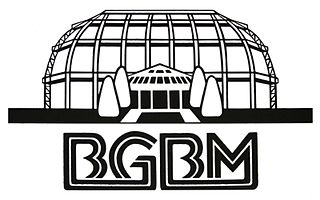
The Berlin Botanic Garden and Botanical Museum is a botanical garden in the Lichterfelde locality of the borough of Steglitz-Zehlendorf, Berlin, Germany. Constructed between 1897 and 1910 under the guidance of architect Adolf Engler, it has an area of 43 hectares [ha] and around 22,000 different plant species. The garden is part of the Free University of Berlin.

Jean Louis Émile Boudier was a pharmacist who lived in Montmorency, France. He published a fair amount about the Discomycetes and other areas of mycology. He often used Émile as his first name.

Julius Oscar Brefeld, usually just Oscar Brefeld, was a German botanist and mycologist.

Simon Schwendener was a Swiss botanist who was a native of Buchs in the Canton of St. Gallen.
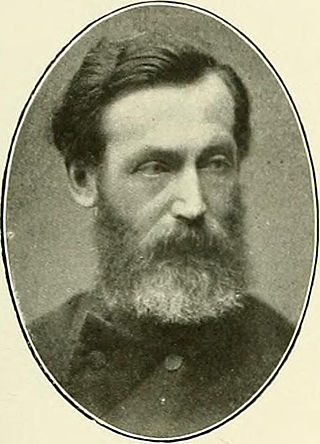
Ferdinand Christian Gustav Arnold was a German lichenologist and taxonomist born in Ansbach, Bavaria. Even as a high school student he showed an active interest in botany: "Ich und August Gattinger ... durchstreiften von November 1846 bis zum Spätherbst 1847, Pflanzen sammelnd, die Landschaft von München nach allen Richtungen.".
Naeviopsis is a genus of fungi in the family Dermateaceae. The genus contains 15 species. The genus was first established in 1976 by Bernhard Hein.
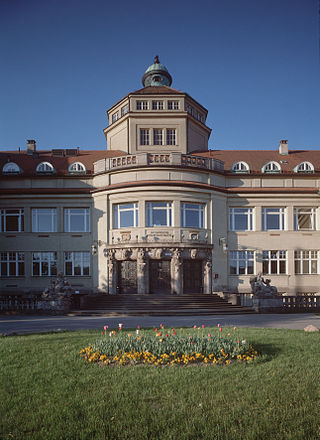
The Botanische Staatssammlung München is a notable herbarium and scientific center maintained by the Staatliche Naturwissenschaftliche Sammlungen Bayerns. Its building is located within the Botanischer Garten München-Nymphenburg area at Menzinger Straße 67, München, Bavaria, Germany. A center for data science and biodiversity informatics called SNSB IT Center is affiliated. Its library is open to the public; scientific collections are open to researchers by appointment.

The Botanischer Garten der Christian-Albrechts-Universität zu Kiel, or less formally the Botanischer Garten Kiel, is a botanical garden and arboretum maintained by the University of Kiel. It is located at Am Botanischen Garten 1, Kiel, Schleswig-Holstein, Germany, and open daily.
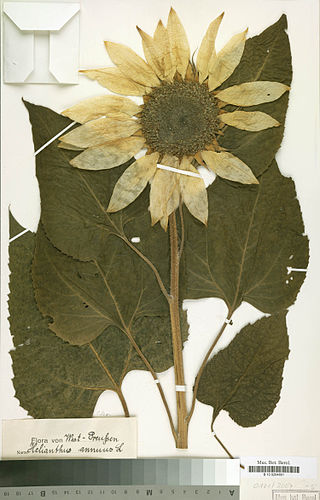
Herbar Digital is a research project at the Fachhochschule Hannover (FHH) from 2006 to 2011 for rationalising the virtualization of botanical document material and their usage by process optimization and automation.

Adenanthos detmoldii, commonly known as Scott River jugflower or yellow jugflower, is a species of shrub in the family Proteaceae. It is endemic to the south-west of Western Australia.

Paul Christoph Hennings was a German mycologist and herbarium curator. He discovered the study of cryptogams and mushrooms as a volunteer at the botanical garden. Although circumstances initially prevented him to study in that area, he later returned to natural sciences and eventually rose to a position at the largest herbarium in Germany. Originally interested in all non-higher plants, he specialised into mushrooms and became particularly versed in tropical species sent from abroad.

FriedrichWilhelm Zopf was a well-known German botanist and mycologist. He dedicated to his whole life with fungal biology, particularly in classification of fungi and dye production in fungi and lichens. Besides, his textbook on fungi called “Die pilze in morphologischer, physiologischer, biologischer und systematischer beziehung ” in 1890 was also an outstanding work on the subject for many decades. The unicellular achlorophic microalgae Prototheca zopfii is named after him because of his profound suggestions and contributions to Krüger's pioneering work in Prototheca. Thus, his numerous contributions gave him a special status in mycological history.
Franz Petrak was an Austrian-Czech mycologist.

A scientific collection is a collection of items that are preserved, catalogued, and managed for the purpose of scientific study.
Hansjörg Eichler was a German-born botanist, educated in Europe, who worked in Europe and Australia, and whose greatest contribution was to Australian botany.
Brian Martin Spooner B.Sc., Ph.D. is an English mycologist who was head of mycology at the Royal Botanic Gardens, Kew.
Georg Hermann Zschacke was a German teacher and lichenologist. His specialty was the lichen family Verrucariaceae, about which he wrote many publications.

Exsiccata is a work with "published, uniform, numbered set[s] of preserved specimens distributed with printed labels". Typically, exsiccatae refer to numbered collections of dried herbarium specimens respectively preserved biological samples published in several duplicate sets with a common theme/ title like Lichenes Helvetici. Exsiccatae are regarded as scientific contributions of the editor(s) with characteristics from the library world and features from the herbarium world. Exsiccatae works represent a special method of scholarly communication. The text in the printed matters/published booklets is basically a list of labels (schedae) with informations on each single numbered exsiccatal unit. Extensions of the concept occur.
References
- 1 2 3 4 5 Raus, Thomas; Sipman, Harrie J M (2014). "Burghard Hein (1944–2014)". Willdenowia. 44 (2): 301–304. doi: 10.3372/wi.44.44212 .
- ↑ Hein, Burghard. "Revision der Gattung Laetinaevia Nannf. (Ascomycetes) und Neuordnung der Naevioideae". World Cat. Retrieved 9 October 2022.
- ↑ Brunel, J F; Hiepko, P; Scholz, H (1984). "Flore analytique du Togo. Phanérogames". Englera. 4: 1–751.
- ↑ "DERMBASE". Botanischer Garten und Botanisches Museum Berlin. Retrieved 9 October 2022.
- ↑ "DERMBASE Names of Dermateaceae (Ascomycetes)". DERMBASE. Botanischer Garten und Botanisches Museum Berlin-Dahlem. Retrieved 9 October 2022.